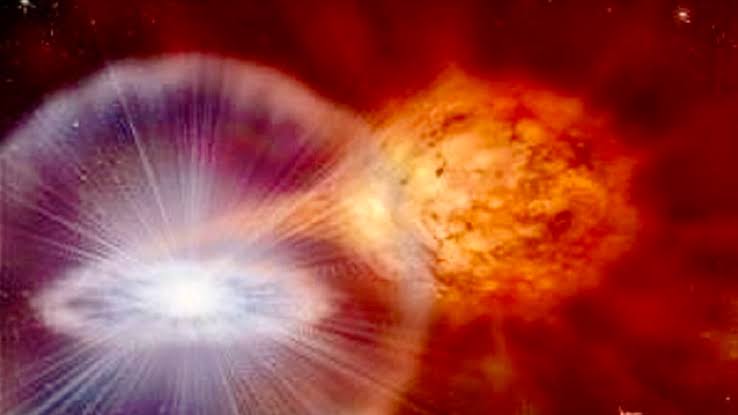North Americans are in for a rare celestial spectacle as a star in the T Coronae Borealis (T CrB) system is about to explode. Located 3,000 light-years from Earth, T CrB, also known as the “Blaze Star”, is a two-star system consisting of a red giant and a white dwarf orbiting each other. This explosion, expected to happen in the coming days, will be so bright that it will be visible to the naked eye for nearly a week.
A Cosmic Wonder Visible from Earth
Although the T CrB system is not currently visible, the upcoming event promises to be so spectacular that anyone on Earth can watch it without needing a telescope. The magnitude of this explosion is astonishing. If we were to travel towards it at 35,000 mph, it would still take 57 million years to reach. Despite this vast distance, Earth will get a front-row view of this cosmic phenomenon.
Once-in-a-Lifetime Event
This rare explosion happens once every 80 years, making it a truly once-in-a-lifetime event for most people. According to Rebekah Hounsell, assistant research scientist at NASA’s Goddard Space Flight Center, “This event will create a lot of new astronomers out there,” sparking interest in the next generation of scientists.
The Stellar Dynamics: Red Giant Meets White Dwarf
T CrB’s two stars, a red giant and a white dwarf, are in vastly different stages of their life cycles. The red giant is in its final stages, having expanded in size, while the white dwarf is a small, dense remnant of a star that has burned out its nuclear fuel. Over billions of years, the white dwarf has been pulling in hydrogen from its red giant companion. This build-up of material has created immense pressure, leading to a thermonuclear explosion on its surface.
However, NASA clarified that this explosion should not be mistaken for a supernova—which marks the death of a star. This event is different, as only the surface of the white dwarf will erupt.
When and How to See the Star Explosion
Astronomers are unable to predict the exact date, but the explosion is expected before the end of this month. To catch this once-in-a-lifetime event, make sure to escape light pollution and head to a location with a clear view of the night sky.
To locate the T CrB system, you can use the Big Dipper as your guide. Follow the curve of the Big Dipper’s handle, and you’ll find the bright, reddish star Arcturus above the eastern horizon. Towards the northeast, look for the bright star Vega. Between these two stars lies the Northern Crown (Corona Borealis), where T CrB will appear after the explosion.
Get Ready for a Cosmic Show
Don’t miss this extraordinary celestial event! The explosion of T Coronae Borealis is sure to be a breathtaking sight and a unique opportunity for astronomy enthusiasts and casual stargazers alike.



